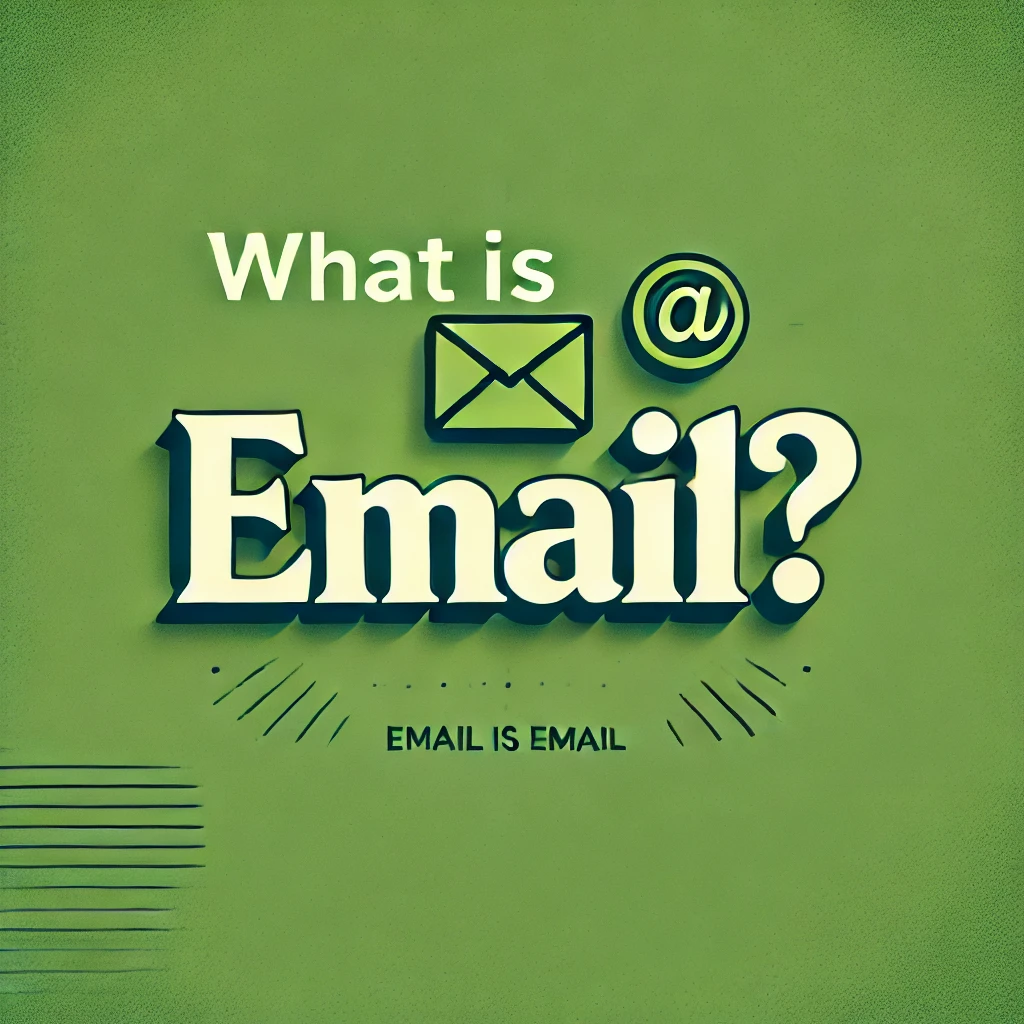What is Email?

Email, short for “electronic mail,” is a method of exchanging digital messages over the Internet. It has become one of the most essential forms of communication in both personal and professional settings. This article will explore the definition of email, its history, how it works, and its significance in modern communication.
Definition of Email
Email is a system that allows users to send and receive messages through electronic means. These messages can include text, files, images, and other multimedia elements. Email has become a fundamental tool for communication in various contexts, including business, education, and social interaction.
History of Email
The concept of electronic mail dates back to the early days of computing in the 1960s. Here’s a brief timeline of key developments:
- 1965: The first electronic mail program was developed at MIT, allowing users to send messages to one another on the same computer.
- 1971: Ray Tomlinson, a computer engineer, sent the first email between two different computers using the “@” symbol to separate the user’s name from the computer’s name.
- 1980s: Email systems began to emerge, with various protocols being developed to facilitate communication between different networks.
- 1990s: The rise of the Internet led to the widespread adoption of email, with services like AOL and Hotmail making it accessible to the general public.
How Email Works
Email operates through a series of protocols and technologies that ensure messages are sent and received efficiently. Here’s a simplified overview of how email works:
- Composition: The sender composes an email using an email client or webmail service, entering the recipient’s email address, subject line, and message content.
- Sending: Once the user clicks “send,” the email client connects to the outgoing mail server using the Simple Mail Transfer Protocol (SMTP).
- Routing: The email is routed through various servers until it reaches the recipient’s mail server.
- Receiving: The recipient’s email client retrieves the email using protocols such as Post Office Protocol (POP3) or Internet Message Access Protocol (IMAP).
Types of Email
There are several types of email used for different purposes:
- Personal Email: Used for everyday communication among friends and family.
- Business Email: Used for professional communication, often associated with a company’s domain (e.g., [email protected]).
- Transactional Email: Automated emails sent as a result of a user’s action, such as purchase confirmations or password resets.
- Marketing Email: Emails sent to promote products or services, often part of a larger email marketing strategy.
- Newsletter Email: Regularly scheduled emails that provide updates, news, or information from a company or organization.
Benefits of Email
Email offers several advantages over traditional forms of communication:
- Speed: Emails can be sent and received almost instantly, facilitating quick communication.
- Cost-Effective: Sending emails is generally free, especially when compared to traditional mail services.
- Accessibility: Emails can be accessed from anywhere with an internet connection, making it a flexible communication option.
- Organizational Tools: Most email clients offer features like folders, tags, and search functions to help users manage their messages effectively.
- Multimedia Support: Emails can include text, images, and attachments, allowing for rich communication.
Conclusion
Email has transformed the way we communicate, making it an essential tool for personal and professional interactions. Understanding what email is, how it works, and the different types available can help you leverage this powerful communication method effectively. As technology continues to evolve, email remains a cornerstone of modern communication, enabling people and businesses to connect in an efficient and accessible way.
